5 Factors of Successful Strategy
You only get one life. One 2016. What will you make of it?
Imagine it is the end of the year and you are feeling great about what you achieved. Think of how you will celebrate, how do you feel, who is with you – what did you get done? Write it down.
The act of setting goals switches our brain circuitry into reward mode. In reward mode we are more effective, creative and more likely to get good results. Without goals the year ahead can look a bit foggy, perhaps a little threatening. Without a strategy we may drift along and wonder where the time went.
So let’s look at the some of the best knowledge out there on strategy to achieve goals.
The world’s most renowned strategy text is The Art of War by Sun Tzu.
Don’t be put off by the name - this is a text about how to win without conflict. How to anticipate and plan so that you capture your dreams without loss. Strategy for success.
The fundamental premise of The art of War is that life happens according to definable scenarios - we can anticipate those scenarios and plan to get the best outcome.
I have taught strategy using the Art of War for many years. Someone I taught who grew up in China and had been given the text as a mandatory school book and told me with relief that she now finally understood what is was about.
I start by getting the group to play rock paper scissors to get them thinking. Given any scenario we can anticipate potential outcomes - what is likely to happen. We do this by identifying the possibilities, weighing them against each other and planning our approach accordingly. A balanced strategy builds your confidence.
In Chapter 1 of the Art of War the commander goes to the top of the hill and sets strategy according to five factors:
1. Tao – Shared purpose and values.
o What is your purpose and how does this challenge fit with your values, or the culture of your organisation – what does it mean to you and how important is it? When you identify how this goal fits with your values you tap into the power of motivation.
2. Heavens - weather or Outside Forces – big picture factors that you cannot influence will effect how you tackle this goal. What is happening that could affect your timing – from global trends, government regulations, change in management or prevailing forces closer to home?
3. Terrain – are the troops high on the hill or in a gully. Where is the opposition and who has the upper hand?
o What are your capabilities in this situation, your resources, skills, assets and liabilities?
4. Leadership – we expect a leader to show courage, knowledge, trustworthiness and fairness. What kind of leadership is needed in this situation? Quiet behind the scenes guidance or up front vision and inspiration? What would the ideal leader in this situation look like and how can you create that?
5. Logistics - organisation and management. What will you need to get this to happen? How will you organise and prioritise? How will you measure success and what means of communication will you use, how often?
These are like the five points of a star with your goal at the centre. Each area needs to be identified, thought through and written down. Each will have an impact on the others, so if anything changes all need to be redressed. A strategy is a living document. It moves with time and changes accordingly.
Confidence is what comes of this kind of thinking. Looking at the whole picture keeps you focused on what is happening within the context of the overall goal. Tracking your progress will show you where to direct your energies and keep your efforts on track.
This could be your best year yet. Give some thought to how you can make that happen - regardless of the weather.
